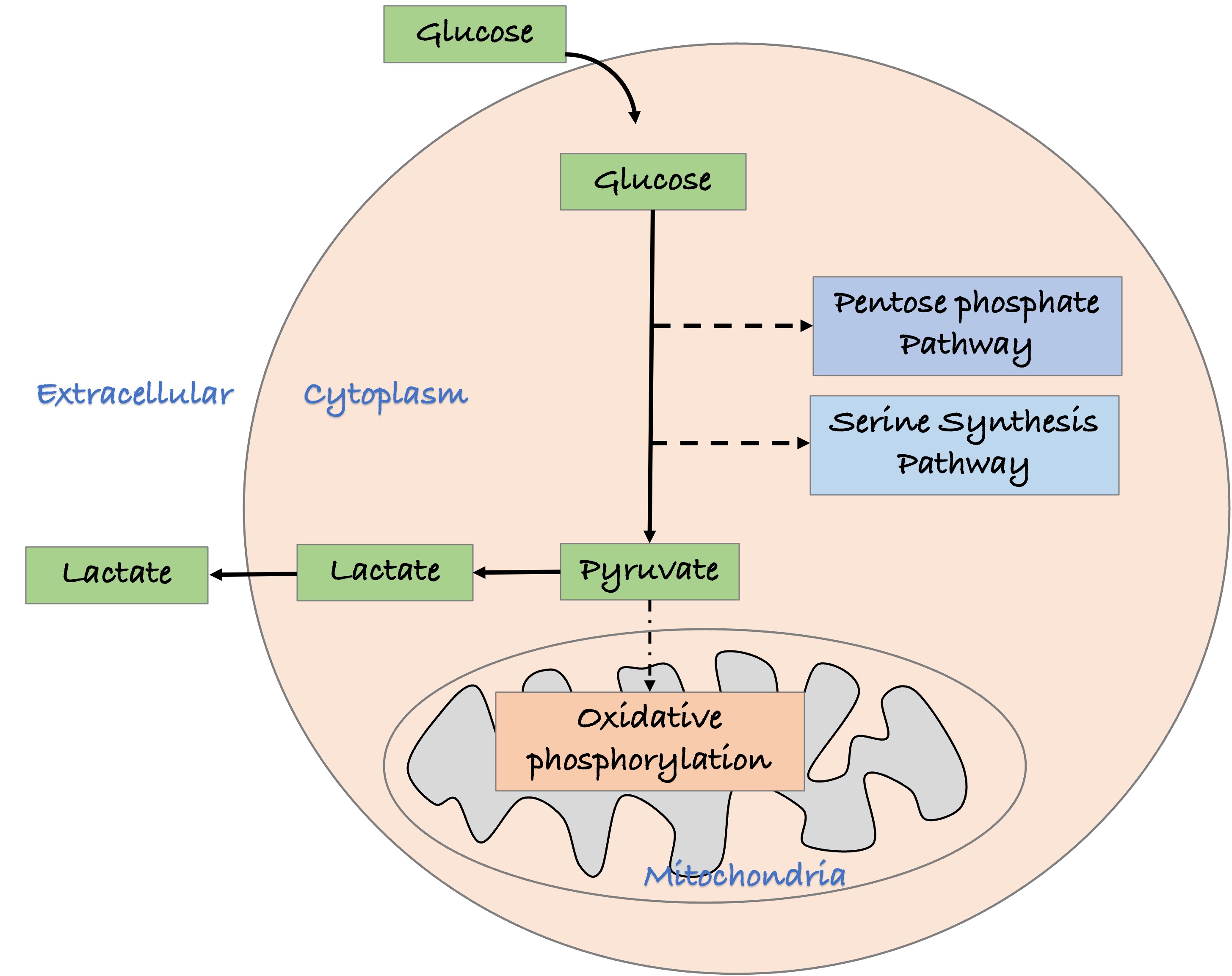
Dr. Asmida Isa, Dr. Emmanuel Jairaj Moses
Kluster Perubatan Regeneratif, Institut Perubatan dan Pergigian Termaju, Universiti Sains Malaysia.
A dysregulated glycolysis is one of the hallmarks of cancer. The first observation was made in 1956, in which Otto Warburg noted that cancer cells utilised glycolysis for its metabolic activity even in the presence of oxygen. This inefficient energy production produces 2 moles of ATP in comparison to the normal energy production which produces more than 30 ATPs.
Since then, numerous evidences have shown the preference for cancer cells to utilise the less-efficient energy production over the normal oxidative phosphorylation. High rate of glycolysis is demonstrated by increased uptake of glucose, which is required to support the fast-growing cancer cells. It is usually accompanied with the overexpression of glucose transporters and glycolytic enzymes.
Moreover, in glycolysis, glucose is transformed into pyruvate and instead of being delivered into the normal oxidative phosphorylation, the molecule is converted into lactate before being transported out to the cytoplasm, making the extracellular more acidic than the normal microenvironment. Interestingly, the acidic extracellular environment benefits cancer cells to spread to other parts of the body and help them to invade immune system.
Furthermore, in order to ensure their survival under chemotherapy treatment pressure, cancer cells exhibit flexibility by reprogramming its metabolic activity. Treatment-resistant cancer cells execute escape mechanisms by shifting the glycolytic carbon flow towards pentose phosphate pathway and serine synthesis pathway, two of which very important pathways to produce building blocks for cells growth. Besides, these two pathways also produce antioxidants which protect the cells from the damage caused by the treatment agent.
In conclusion, cancer cells utilise glycolysis as their main metabolic pathway; however, when they are under treatment pressure, they can shunt the glycolysis towards other pathways as a way of survival. Understanding the metabolic reprogramming in cancer cells is essentially important which can help us to design and establish potential less-toxic therapeutic strategy that can contribute towards a better outcome for the patients in the future.


